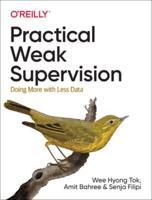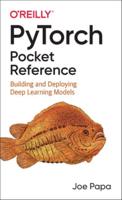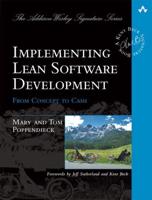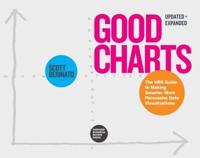Publisher's Synopsis
This book presents the most common techniques used in data mining in a simple and easy to understand through one of the most common software solutions from among those existing in the market, in particular, IBM SPSS. Pursued as initial aim clarifying the applications concerning methods traditionally rated as difficult or dull. It seeks to present applications in data mining without having to manage high mathematical developments or complicated theoretical algorithms, which is the most common reason for the difficulties in understanding and implementation of this matter. Today data mining is used in different fields of science. Noteworthy applications in banking, and financial analysis of markets and trade, insurance and private health, in education, in industrial processes, in medicine, biology and bioengineering, telecommunications and in many other areas. Essentials to get started in data mining, regardless of the field in which it is applied, is the understanding of own concepts, task that does not require nor much less the domain of scientific apparatus involved in the matter. Later, when either necessary operative advanced, computer programs allow the results without having to decipher the mathematical development of the algorithms that are under the procedures. This book describes the simplest possible data mining concepts, so that they are understandable by readers with different training. The chapters begin describing the techniques in affordable language and then presenting the way to treat them through practical applications. An important part of each chapter are case studies completely resolved, including the interpretation of the results, which is precisely the most important thing in any matter with which they work. The book begins with an introduction to mining data and its phases. In successive chapters develop the initial phases (selection of information, data exploration, data cleansing, transformation of data, etc.). Subsequently elaborates on specific data mining, both predictive and descriptive techniques. Predictive techniques covers all models of regression, discriminant analysis, decision trees, neural networks and other techniques based on models. The descriptive techniques vary dimension reduction techniques, techniques of classification and segmentation (clustering), and exploratory data analysis techniques.










